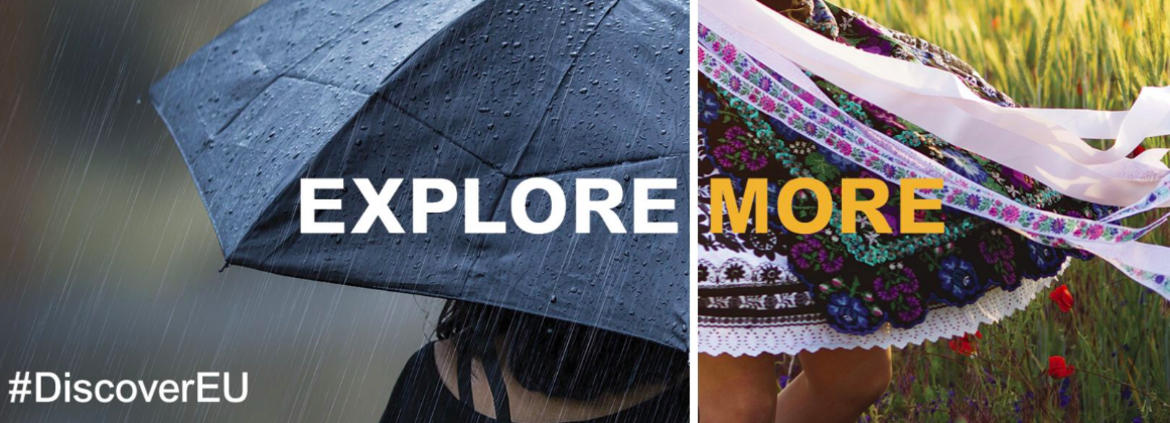Free travel through Europe: the countries with the most young people competing for Interrail tickets
An Interrail ticket makes it possible to cross the whole of Europe by train, visiting up to 30 countries and staying at each stop for as long as you like. This summer, around 14,500 young Europeans will have the opportunity to do just that – free of charge.

Photo: DiscoverEU
Free travel through Europe: the countries with the most young people competing for Interrail tickets
An Interrail ticket makes it possible to cross the whole of Europe by train, visiting up to 30 countries and staying at each stop for as long as you like. This summer, around 14,500 young Europeans will have the opportunity to do just that – free of charge.
Photo: DiscoverEU
An Interrail ticket makes it possible to cross the whole of Europe by train, visiting up to 30 countries and staying at each stop for as long as you like. This summer, around 14,500 young Europeans will have the opportunity to do just that – free of charge. They all applied to the second round of the EU’s DiscoverEU initiative and have now been notified that they have won an Interrail ticket. The next application round opens in the summer.
Four months before the European Parliament election, the draw also provides an insight into levels of enthusiasm for the EU among young adults: the countries with a particularly high number of applicants and those where interest in exploring Europe was lukewarm at best.
Naturally enough, in absolute terms Germany, as the largest EU member, had the most applicants: here a good 14,300 young men and women applied to DiscoverEU, more than from any other country.
But the picture is very different if we consider the number of applicants as a proportion of the number of 18-year-olds in each country – for only 18-year-olds were eligible. Viewed this way, the greatest interest in the scheme came from Malta, Portugal and Ireland. In Malta there were a record 93 applications per thousand 18-year-olds with EU citizenship.
Demand was high in Greece and Lithuania, too. Germany was somewhere in the middle, with 19 applications per thousand 18-year-olds. Bringing up the rear were the Netherlands, Denmark, Belgium and EU-dropout Great Britain.
In fairness to some of those countries, however, we should point out that it was a different story in the first round, when interest from the Netherlands, Denmark and Belgium was significantly higher. Some things have not changed, however: the enthusiasm in Ireland, Lithuania and Latvia, the middling number of applications from Germany, the lukewarm response from France and Romania, and the complete lack of interest from Great Britain.
The take-up of the DiscoverEU scheme is to some extent consistent with the results of studies into young people’s enthusiasm for the EU. Data from last year’s standard Eurobarometer survey also showed that only 59 per cent of young Britons think it is better to be a member of the EU than not. By comparison: in Portugal the number is 72 per cent. The survey was conducted among young people between the ages of 15 and 24.
A clear majority of young adults approve of their country’s membership of the EU. This was also borne out by the findings of the second Young Europe study, carried out by polling organisation YouGov for the Tui Foundation in 2018. These showed that approval for the EU among young adults was lowest in Great Britain and Greece.
In some respects, the results of the two studies were not reflected in the take-up of the DiscoverEU initiative. According to the standard Eurobarometer survey, for example, 66 per cent of young people in Germany have a favourable impression of the EU, only just behind the leader, Portugal (67 per cent). In Spain the figure was just 36 per cent, in Greece 39 per cent. In Italy, 48 per cent of young people have a favourable impression of the EU.
Overall, interest in the Interrail draw was lower in the second round than it had been in the first, with just 79,000 applications compared with over 100,000 first time around. It may be that fewer young adults heard about the draw this time.
